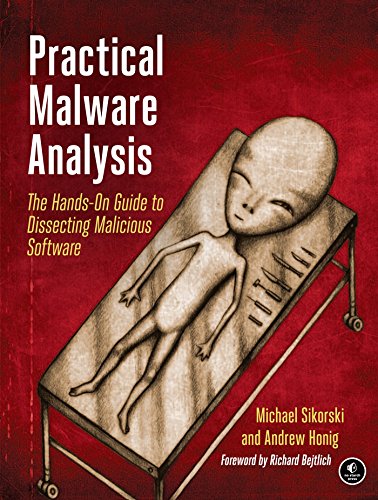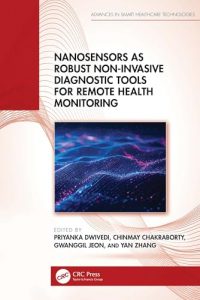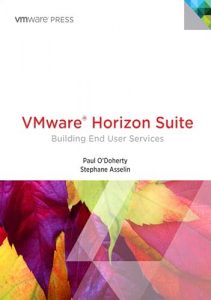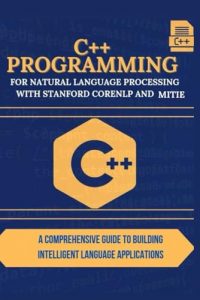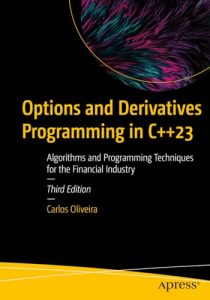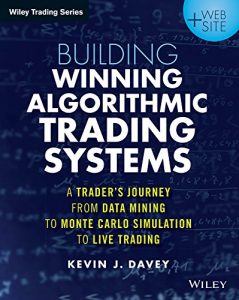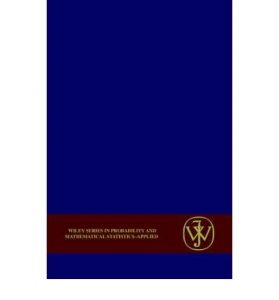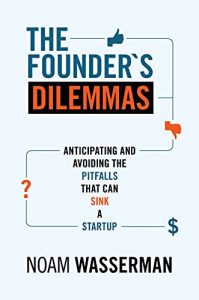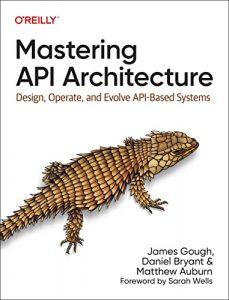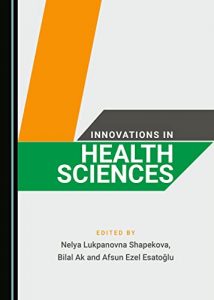1. Practical Malware Analysis: The Hands-On Guide to Dissecting Malicious Software
Written by Michael Sikorski and Andrew Honig, “Practical Malware Analysis” is an essential resource for those venturing into the world of malware analysis. This comprehensive guide offers hands-on exercises, detailing how to dissect and analyze various types of malicious software. With its clear explanations and practical examples, readers will learn crucial skills such as dynamic and static analysis that will aid them in a career or hobby in cybersecurity. The engaging writing style demystifies complex concepts, making it a must-have for both beginners and seasoned analysts alike.

2. Evasive Malware: A Field Guide to Detecting, Analyzing, and Defeating Advanced Threats
“Evasive Malware” by Kyle Cucci is an indispensable field guide focused on the challenges posed by advanced malware threats. Set to be released in September 2024, this book takes a forward-looking approach, preparing readers for the next generation of threats facing cybersecurity. Its in-depth methods for detection and analysis equip readers with the skills needed to recognize and counteract evasive malware, making it a crucial resource for anyone looking to stay ahead in the ever-evolving landscape of cyber threats.

3. Learning Malware Analysis: Explore the concepts, tools, and techniques to analyze and investigate Windows malware
“Learning Malware Analysis” by Monnappa K A presents a thorough exploration of analyzing Windows malware, making it ideal for those new to the field. This book delves into concepts, tools, and techniques that empower readers to identify malware and mitigate its effects effectively. Filled with hands-on exercises and real-world examples, it creates a practical learning experience, ensuring that analysts gain the confidence necessary to tackle malware challenges head-on.

4. Mastering Malware Analysis – Second Edition: A malware analyst’s practical guide to combating malicious software, APT, cybercrime, and IoT attacks
This second edition by Alexey Kleymenov and Amr Thabet continues to pave the way for those serious about malware analysis. Covering advanced persistent threats (APT), cybercrime, and IoT attacks, this book ensures readers are well-prepared for tackling the latest cyber threats. Its detailed methodologies and practical case studies enhance the reader’s understanding, making it an invaluable asset for professionals in the field.

5. The Art of Mac Malware, Volume 2: Detecting Malicious Software
Patrick Wardle delves into Mac-specific malware in the second volume of “The Art of Mac Malware.” This book serves as an essential guide for Mac users and security professionals alike, providing insights into the detection and analysis of malicious software unique to the Mac ecosystem. With practical tools and insights, it’s crucial for anyone seeking to enhance their skills in identifying and combating Mac-related threats.

6. Malware Analysis and Detection Engineering: A Comprehensive Approach to Detect and Analyze Modern Malware
Co-authored by Abhijit Mohanta and Anoop Saldanha, this book provides a broader understanding of malware detection engineering. It emphasizes a comprehensive approach essential for today’s diverse threat landscape, blending theory with practical guidance. Readers will appreciate its insightful content on detection techniques and the underlying principles of malware behavior, empowering them to build effective defenses against modern malware attacks.

7. Malware Data Science: Attack Detection and Attribution
Joshua Saxe and Hillary Sanders introduce a unique angle with “Malware Data Science,” focusing on detection and attribution of malware attacks. This book stands out for its integration of data science principles into malware analysis, providing readers with advanced techniques for understanding malicious activities. It’s an exceptional resource for analysts wishing to enhance their investigative skills through data-centric methods.

8. Malware Analysis Techniques: Tricks for the triage of adversarial software
Dylan Barker’s “Malware Analysis Techniques” offers practical tricks for efficient triage in malware analysis. The book provides shortcuts and strategies for quickly assessing malicious software, proven essential in professional settings with limited time and resources. Its focus on practical techniques equips readers with the tools necessary to make rapid yet informed decisions regarding malware incidents.

9. Rootkits and Bootkits: Reversing Modern Malware and Next Generation Threats
Alex Matrosov, Eugene Rodionov, and Sergey Bratus provide valuable information on rootkits and bootkits, revealing how these sophisticated types of malware operate. This book is essential for those wanting to delve deeper into the darker aspects of malware analysis, focusing on detection and mitigation techniques to combat these stealthy threats effectively. Professionals gain crucial insights that can refine their strategies against modern malware.

10. Malware Analyst’s Cookbook and DVD: Tools and Techniques for Fighting Malicious Code
This collaborative work by Michael Ligh and his co-authors presents a wide range of tools and techniques valuable for malware analysts. The included DVD enhances the learning experience by providing practical resources that complement the book. Rigorous and comprehensive, it becomes an essential reference for those serious about understanding the intricacies of malicious code detection and analysis.


